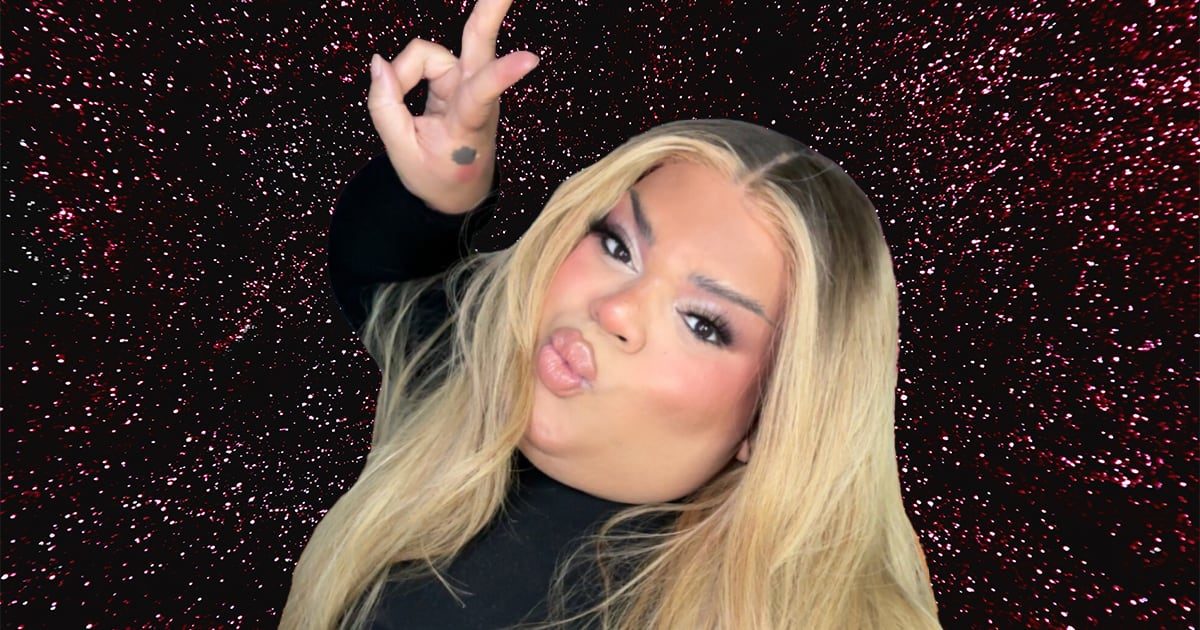This past month, thereâs been no higher compliment than âvery demure, very mindful.â
Coined by Chicago-based content creator Jools Lebron, those four words have gained mass appeal thanks to an Aug. 5 TikTok video in which she uses them to describe how she presents herself at work. The original video has gained 49 million views, while over 170,000 TikTok videos and countless Instagram posts have repeated the quippy phrase. Brands sent out email blasts declaring their products âdemure,â and even President Joe Biden touted the cancelling of student debt as âvery mindful.â
The frenzy reached its peak on Aug. 17, according to Google Trends, and as TikTok trends often do, has since died down from that initial hype. But that hasnât stopped at least two people from filing applications to trademark various forms of the original expression. They notably did not include Lebron, who said she âdropped the ballâ in not doing so quickly enough in a recently deleted video.
In one filing, petitioner Jefferson Bates â who is unaffiliated with Lebron â said they intended to use the phrase for âadvertising, marketing and promotional services.â If the trademark is granted, it would not only interfere with Lebron using it, but brands as well, according to Susan Scafidi, academic director at the Fashion Law Institute at Fordham University. Even regular people who end up recreating the video could be subject to a cease-and-desist letter if Bates is a âtough enforcer,â she said.
TikTok trends are no longer just fodder for internet chatter, theyâre a form of currency in marketing; brands look to whatâs trending to dictate what products they promote and the language they use in their advertising. But as people and brands alike hurry to capitalise on whateverâs dominating the digital zeitgeist, it raises the question of who gets to profit from viral internet content.
Creators like Lebron increasingly need to be prepared to protect themselves in case of a viral moment. Even as they do, there remains a question of how valuable these viral catchphrases are in a world when a cultural moment can come and go overnight.
âA trend wouldnât be a trend if only one person owned it,â said Scafidi. âA trend is typically something that is broader and repeated, and itâs the repetition that creates the value.â
How should content creators protect themselves â and benefit from their virality?
On TikTok, itâs not always the original creator who benefits most from a viral moment. The issue became so pronounced that in 2021, Black creators on TikTok led a âstrikeâ â less a true workersâ strike and more a movement to build awareness â in protest of white creators receiving recognition, and oftentimes, financial opportunities by appropriating Black creatorsâ work.
Thankfully for Lebron and other creators, trademarking a viral phrase usually comes down to not who filed first, but who was first to the trend â at least in the US, which is a ” first use ⦠not a first to fileâ jurisdiction, said Alli Elmunzer, a trademark lawyer and founder of Influencer Legal, a law firm working with creators. This means if Lebron can prove that she was using the phrase which has become associated with her and monetising it prior to the filing, Batesâ application can be denied.
âWhen we were hearing âvery demure, very mindful,â everyone associated that with her,â said Elmunzer. âThat was almost a source identifier for her. Now she hasnât merchandised it yet or used it in commerce yet, but it definitely is a source identifier for her brand.â
To better protect themselves, creators should be prepared to file a trademark claim as soon as their content goes viral, said Scafidi. Not only due to the financial benefits, but also because it strengthens their case. Bates, for example, filed an intent-to-use trademark which means that they arenât yet using it in commerce. Should Lebron launch a merch collection or other products, she would have a bigger claim to the phrase, said Elmunzer.
âIf youâre out there as a content creator on the internet and you have any thoughts of turning your time on TikTok into something valuable, be ready ⦠if lightning strikes,â said Scafidi.
In a TikTok Lebron posted on Tuesday, she alerted her followers the trademark issue is âgetting handledâ and that she now has a team representing her without stating specifics.
The decisions â including how a creator monetises their 15 (or maybe now, closer to five) minutes of fame â leading up to a trademark issuing are key, Scafidi added. Creators whose content is strongly associated with their personas and signature can enforce the right to publicity, a property right that gives individuals control to the commercial use of their name, image and likeness.
How should brands engage with viral moments should they become trademarked?
If content does become trademarked, it hampers a brandâs ability to hop on a trend. They may have to seek permission from the original creator to promote their offerings under a licensing agreement, or can only work with the original creator or influencer to market around the trend. The approval process from the owner could take days, or weeks, according to Elmunzer, which means brands must carefully weigh which social media trends are worth participating in.
However, thereâs really no reason for eager brands to worry: By the time a moment is trademarked, it may no longer be of interest for brands to use, anyways. In the US, it can take over a year for an owner to lock down a trademark. The bureaucracy could be a benefit for brands who will still be able participate in a viral moment at its height.
And for anyone â besides the original creator â the value in chasing after a trend diminishes by the day.

